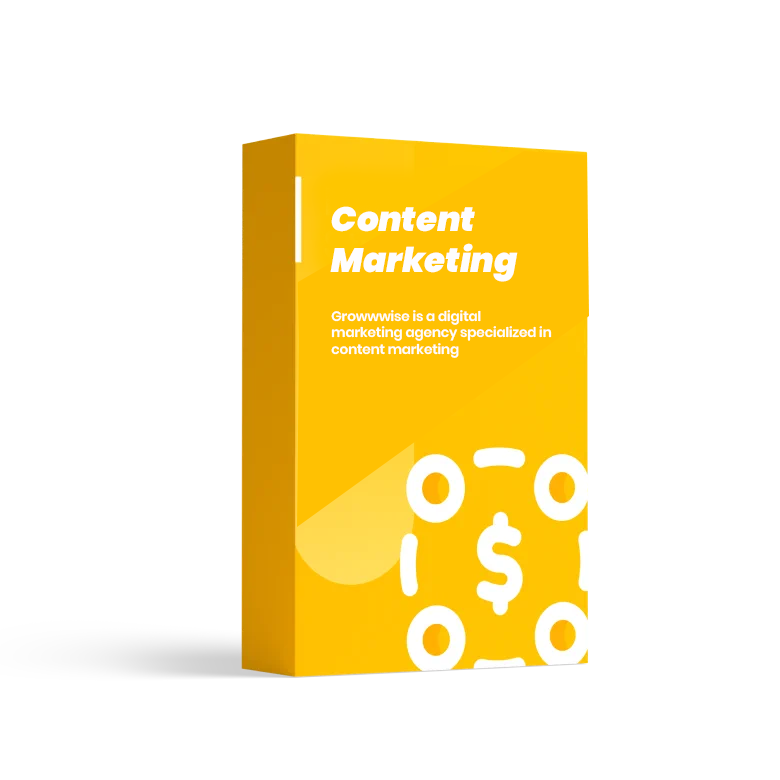PlayStation Classic – an evergreen brand
October 29, 2018the Search Console
November 11, 2018What is a Marketing Strategy?
Marketing Strategy is a forward-looking approach to planning to obtain a sustainable competitive advantage. This strategy implies long-term thinking and clear identification of goals. First of all, to understand marketing from the leading figures in the industry, we must look at how Kotler and Keller define it:
“The marketing strategy lays out target markets and the value proposition that will be offered based on an analysis of the best market opportunities.” (Philip Kotler & Kevin Keller, Marketing Management, Pearson, 14th Edition)
The Marketing Evolution
Another important aspect to understand is what marketing is not. Because people confuse the terms Marketing Strategy with marketing management or marketing planning. These are different activities that serve different goals. A Marketing Strategy is taking care of long-term goals. A marketing plan is a pathway of achieving those goals.
Also, we must remember that Marketing evolved over time. It started as a basic discipline in the late 1970s. Businesses grew and became complex organisms.
Long-range planning became strategic planning.
The strategy wasn’t possible without being aware of the firm’s resources. Therefore, the Resource-Based View methodology appeared.
For the reason that the business environment took larger and complex proportions, staying competitive required constant improvement.
Above all, this improvement comes with new tools, frameworks, or strategies.
Now marketing is explored by academics and researchers all over the world.
Seems like any small, medium or large company has a marketing department.
A company has consulted a marketing expert at least once before launching its brand. We can say that marketing is a science.
Modern Marketing
Modern Marketing is as much about the mindset as it is about the technical skills and processes.
Specifically, adopting a customer-centric mindset is what makes marketing modern.
Modern marketing is fast to adapt and communicate with the real customer.
This type of marketing is available to all employees of a company.
For the reason that a modern marketer is a person who adopts a customer-centric approach.
In the present, any member of the organization, no matter his job title, can be a marketer of the firm.
Marketing Strategy Techniques
Lately, marketing offers a variety of approaches. Having so many options to choose from can prove challenging. It is always recommended to keep things as simple and clear as possible.
Discover what is it that you bring to the market and other companies don’t.
What is something you offer which is unique and value-creating to the customer? Understand your values, mission and goals.
Begin with an audit of your internal and external environment.
Choose a way to position your company. Select a strategy to enter the market. When choosing a position in the market, you can look at the different profiles available.
Marketing Positioning as a leader or a challenger
You could be a Market leader and set the goal of dominating your market. A market challenger is a company that is confident that it can be a valuable challenger of the current leader of the market. The market challenger is second or third in position and desires to achieve supremacy.
Marketing Positioning as a follower or a niche
In case these two options above look far from where you are, consider being a follower.
This means you are neutral in the market competition for first positions.
For instance, this approach also means that you are not investing in R&D. Your job would be to follow the trends discovered by the leaders of the industry.
In case you are a market niche your main objective is to avoid competition. For example, your company is creating its own market share with people interested in your products/ services.
Focus on building relationships and adding value to your customers. Increase the existing customer’s lifetime with your brand.
Description of SWOT analysis
First of all, SWOT is an acronym for Strengths, Weakness, Opportunities, and Threats.
The SWOT analysis is a process where the management team identifies the internal and external factors that will affect the company’s future performance.
Almost all companies create the analysis with the help of their management individuals.
Of course, a firm can invite a third party to perform the analysis.
Certainly, a third party would offer a different perspective. But the key descriptive elements of the business must be identified on both analyses.
- Strengths: distinctive capabilities, competencies, skills or assets that provide an advantage over potential rivals
- Weaknesses: internal deficiencies that place the business or project at a disadvantage relative to rivals
- Opportunities: these are elements in the environment that could be exploited to gain an advantage
- Threats: elements in the environment that could erode the firm’s market position; external factors that prevent the business or project from moving in the desired direction
Description of PEST analysis
First of all, PEST is an acronym for Political, Economic, Social and Technological. Furthermore, this technique is necessary for any firm with the goal of strategic planning.
For instance, a firm starts its analysis, both internally and externally, on the business environment.
Above all the purpose of PEST is to understand clearly the opportunities and threats of the business environment.
The main elements of the PEST are explained below.
- Political elements, for example, government statutes, policies, funding or subsidies, support for specific industries, trade agreements, tax rates, and fiscal policy.
- Economic elements, for instance: economic trends, inflation, exchange rates, seasonality and economic cycles, consumer confidence, consumer purchasing power and discretionary incomes.
- Social elements, for example, demographics, social influencers, role models, shopping habits.
- Technological elements, for instance: new materials, new ingredients, new machinery, new packaging solutions, new software and new intermediaries.
How to Create a Marketing Strategy?
First of all, always have in mind the promise you make to your customers.
Remember the value you decided to bring to your customers. Take decisions that are customer-oriented.
As a result, your business will grow.
Furthermore, be specific and write everything down.
Begin with your unique value proposition, vision and mission.
Allow yourself the time to understand your resources, your goals, the market, the competitors and your timeline.
Above all, focus on staying competitive.
Of course, to do that you have to readjust your strategy from time to time. Certainly, to be competitive means to respond faster than your competitors to market changes.
Finally, write your marketing strategy incorporating the 5 Ps of your marketing mix:
- Product: What are you selling? How is what you offer different from your competitors and what benefits does it provide your customer?
- The Price: What will it cost to get your product or service? How does it compare to your competition?
- Place: Where will your products and services be available for purchase? Which are the places where consumers are able to buy your services?
- The Promotion: How are you going to let the market know about your product or services?
- People: Who are these people (i.e. salespeople, virtual assistants) and what do they do (i.e. sales calls, customer service)?
When is a Marketing Strategy Developed?
Because it is always better to preempt than to correct, the best moment for creating a marketing strategy is before you start your business. Many new businesses fail due to a lack of understanding or preparation.
Contact a marketing agency to offer you the guidance needed.
Hence, the information you will gather in your research must be all organized. Discover information about the demand, the competition and the market.
Get a better view on the workload and the human resources your business requires. Think about what is it that you want to achieve. And, set a timeline for your business.
We are available on social media channels and by email: [email protected]









